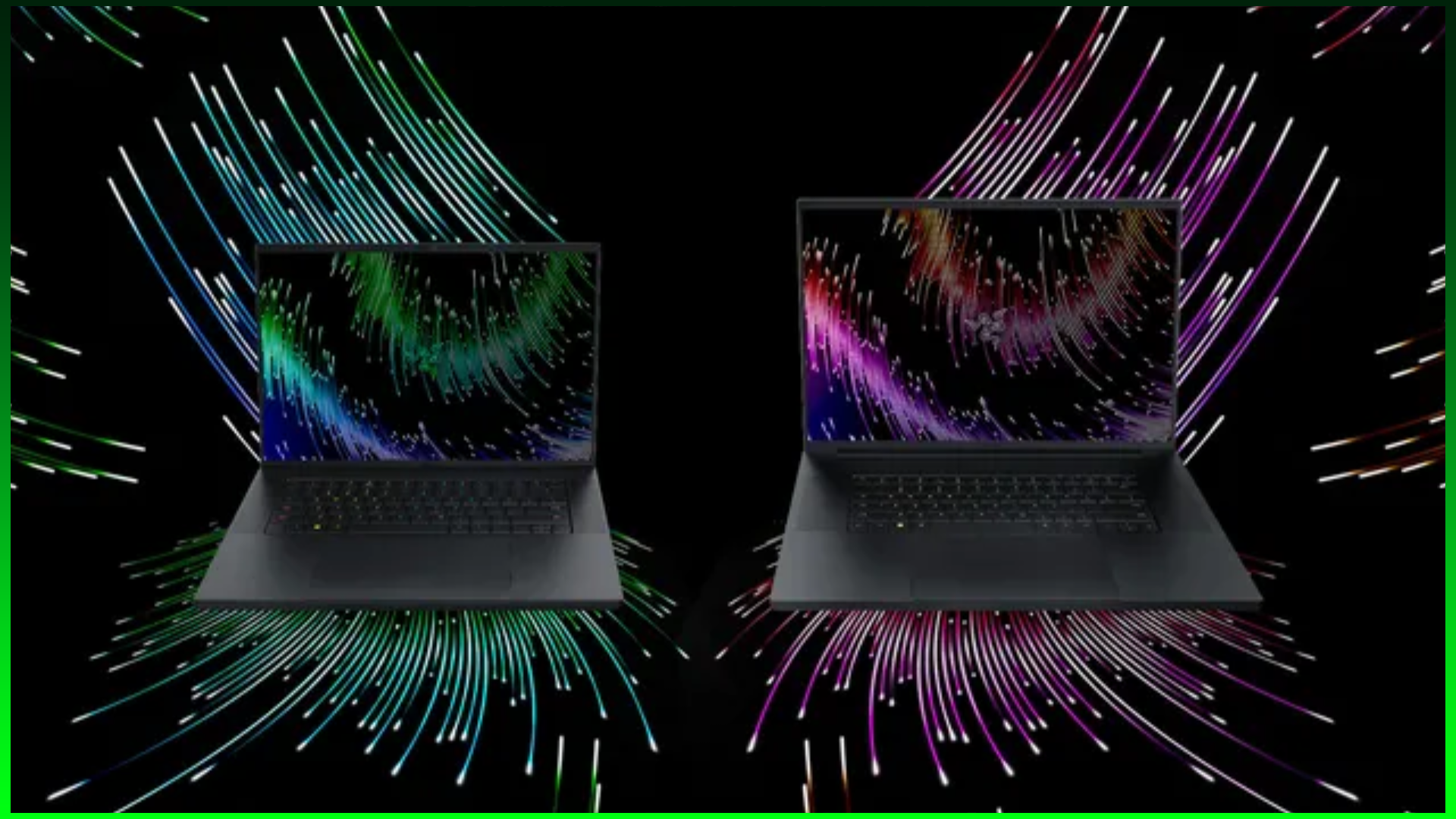Catching up with the gaming interest of CES 2023, we got Razer having big news for gamers and streamers alike with not only the update of the Razer Blade gaming laptop and a new streaming camera for those who go high.
First the gaming laptop and we are presented with the Razer Blade 16 and Blade 18 and as the names implies, these are respectively 2023 Razer offerings with screens of 16 inches and 18 inches.
Spec speaking, both laptops come with 13th Generation Core i9-13950HX 65W CPU, 16GB of DDR5-5600MHz RAM and 1TB of PCIe 4.0 NVMe M.2 SSD storage and can be maxed out with Nvidia RTX GeForce 4090 for GPU needs.
Blade Razer 16 specific features for maxed specs includes a Mini LED that can be setup as 4K (3840 x 2400) and 1080p (1920 x 1200), providing different refresh rates depending on the resolution.
Razer said that the 4K mode to be used by creators with a refresh rate of 120Hz, while the lower FHD res doubles it to 240Hz. Razer claims this Mini LED screen can boost up to 1,000 nits at peak brightness when displaying HDR content or up to 600 nits for SDR content.
The Razer Blade 16 cost will start at $2,699.99, while the Blade 18 will start at $2,899.99 and Razer plans to release them in Q1 2023.
Razer Kiyo Pro Ultra for those who believes that hey need to look on 4K

Razer also presented the Kiyo Pro Ultra that includes right off the bat, DSLR capability (not officially a DSLR equipped camera) and f/1.7 aperture that should allow for natural-looking bokeh and hopefully solid low-light performance, too.
Kiyo Pro Ultra is capable of streaming uncompressed 4K video at 24fps or 1440p/30fps, and it can capture 1080p at 60fps or 30fps with HDR.
While the device is a plug-n-play one, Razer recommends using the Synapse companion app for PC.
With the software, you can do things like tweak the digital zoom and turn on its new AI face-tracking feature, as well as customize shutter speed, exposure, and how responsive it is to snapping around the frame to find you all this with the nice feature that it has an onboard memory, so it can remember your settings.


